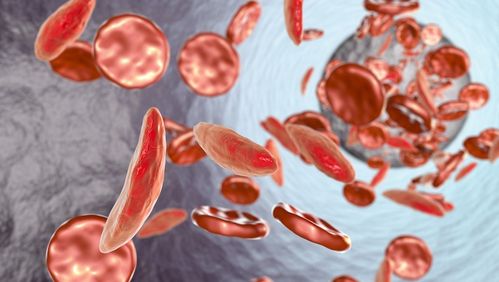Waking up in the morning, the reflection in the mirror seems slightly swollen compared to the night; during the day, even without intense activity, the limbs may feel heavy and spirits low; by night, a hint of coolness may be felt in some parts of the body, or occasionally experience brief heat… These subtle signs are actually manifestations of internal dampness accumulation. In traditional Chinese medicine theory, dampness is seen as a common pathogenic factor, specifically categorized as phlegm dampness, cold dampness, and damp-heat. Identifying one’s own constitution correctly and treating accordingly is key to restoring a light body and mind.
Six steps to identify dampness type:
– Observe the tongue: Traditional Chinese medicine emphasizes tongue diagnosis, and the color and texture of the tongue coating reveal health information. Those with a damp-heat constitution have a yellow greasy tongue coating and a red tongue; those with a cold-damp constitution have a white greasy tongue coating, a swollen tongue with teeth marks on the edges; those with a phlegm-damp constitution also have a white greasy tongue coating, a larger tongue, noticeable teeth marks, and a possibly thicker tongue coating. – Sense body temperature: People with a cold-damp constitution often have cold hands and feet, have difficulty getting warm even in a warm indoor environment, and may feel cold in the abdomen and back; those with a damp-heat constitution tend to sweat easily, experience night sweats, have warm palms and soles, and may have occasional heat sensations. – Pay attention to excretion: Excretions can directly reflect the condition of dampness. Those with a damp-heat constitution may have sticky stools, dark in color, and short red urine; those with a cold-damp constitution may have thin stools, clear and abundant urine; those with a phlegm-damp constitution may also have sticky stools and possibly excess phlegm. – Observing body shape: Excess dampness is related to weight gain. Phlegm-damp constitutions commonly have abdominal fat accumulation; while damp-heat constitutions may also tend to be overweight, their body shape is firmer; cold-damp constitutions tend to gain weight due to slow metabolism with water retention. – Mental and taste preferences: Those with a damp-heat constitution are prone to irritability, insomnia, and prefer cool foods; those with a cold-damp constitution feel tired, aversion to cold, and prefer warm foods; those with a phlegm-damp constitution may experience fatigue, memory decline, drowsiness, weak digestion, and have no specific dietary preferences. – Skin and joints: Dampness affects the skin and joints. Those with a damp-heat constitution may have acne, eczema; those with a cold-damp constitution are prone to joint pain, worsened on damp rainy days; those with a phlegm-damp constitution have oily skin, enlarged pores, and occasional itching.
Improving lifestyle habits to prevent future problems:
– Moderate exercise such as walking, yoga, jogging, with a slight sweat, helps the body detoxify. – Maintain regular sleep patterns, adequate sleep, avoid staying up late, promote body recovery. – Dress according to weather changes, keep warm or ventilated to regulate body temperature. – Keep the living environment dry, use dehumidifiers to reduce dampness. – Regulate emotions, maintain a calm mindset, emotional stability is also an important aspect of controlling dampness.
Nurturing the body is a gradual process, there is no need to rush. Careful attention and patient treatment in daily life will gradually help us overcome the troubles of dampness and embrace a lighter, healthier life.


